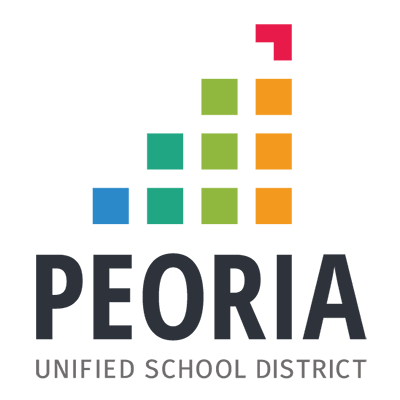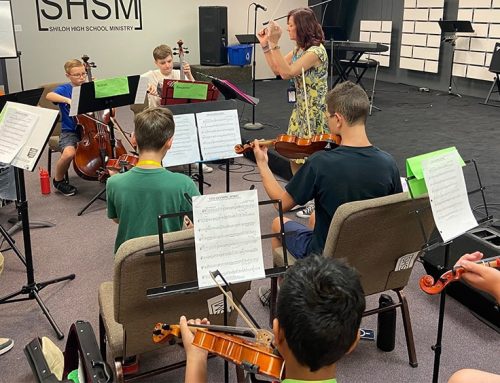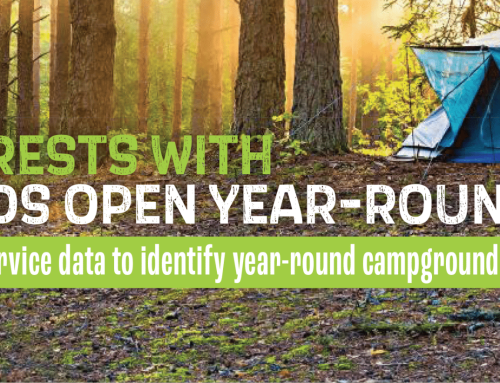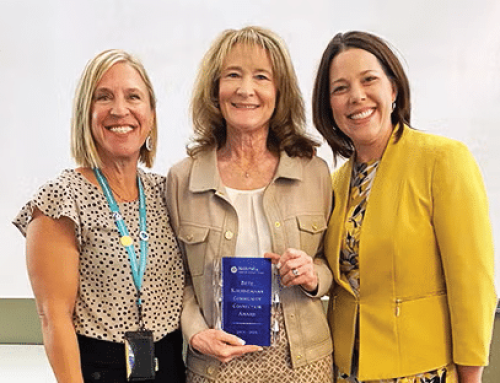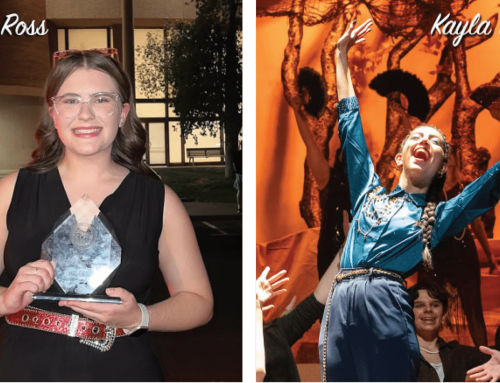By Jessica Gonzalez, member of Support Our School PAC
Voters will be asked to decide on two funding measures for Peoria Unified School District during the November election – a 13% maintenance and operations override renewal and a critical needs bond.
Both funding measures support the education of Peoria students without raising taxes. The override is a continuation of funding the district has been in place for the past 23 years.
“Quality schools help protect our property values, reduce crime and attract jobs and economic opportunities to our community,” says Matt Bullock, chair of the Support Peoria Students Political Action Committee. “The override renewal alone contributes more than $28 million per year to local schools. We can protect this funding, without raising taxes, by voting yes on the bond and override initiatives.”
Peoria Unified ranks in the top 10 school districts in Arizona, according to Niche.com. Contributing to the district’s ranking is a 95 percent high school graduation rate. That is well above Arizona’s average high school graduation rate of only 72 percent, according to U.S. News and World Report.
Currently, school districts’ budgets are set by a formula from the state of Arizona. When there is not enough funding from the state to meet the needs of students, local districts can ask their community for support through bonds and overrides.
Thirteen Percent Maintenance and Operations Override Renewal
A maintenance and operations override provides funding to support people and programs. This funding cannot be used for construction or capital improvements.
Locally, 33 surrounding districts in Maricopa County have a 15% override in place. Peoria is requesting a renewal of its 13% override.
In the Peoria Unified School District, the override funds teacher pay to help attract and retain quality teachers and keep class sizes small. It also funds important staff positions including school nurses, assistant principals and physical education teachers.
Maintenance and operations overrides are in place for a term of seven years. Many districts ask voters to approve a renewal of the override after four or five years to maintain a consistent level of funding. Voters approved the last override for the Peoria Unified School District in 2015.
If not renewed, the override amount decreases by one-third in its sixth year, two-thirds in its seventh year, and the funds from the override would be fully eliminated in year eight. The current maintenance and operations override, which makes up nearly one-tenth of the district’s annual budget, will begin phasing out on July 1, 2021, if voters do not pass a new override in November.
According to the Peoria Unified School District, if the override continuation does not pass all staff would experience pay cuts and the district could no longer maintain school nurses and assistant principals on all campuses.
In addition, class sizes would increase, programs such as arts, music, physical education and gifted education would be threatened, parents would have to pay for full-day kindergarten and fees to participate in extracurricular and athletic activities would significantly increase.
“It is critical to keep this maintenance and operations override in place for Peoria students,” says Bullock. “If the pandemic has taught us anything – I hope it is the importance of our schools, our teachers and our school nurses.”
Critical Needs Bond
Bonds are similar to loans that are authorized by voters and used to purchase capital items and make capital improvements. The funding can only be used to fund projects that have a useful life longer than five years. The funds cannot be used for staffing.
The $125 million bond for the Peoria Unified School District is focused on student and teacher safety, including investments in school security and key renovations to facilities in need of repair including air conditioning, heating, roofing projects, restrooms, parking, and other critical items. Funding from the bond would also be invested in technology, replacing aging buses, and acquiring land for the future construction of a new high school to keep up with growth in north Peoria.
If voters approve the bond, the secondary property tax rate is expected to remain at or below $1.48, which means the tax rate will not increase. The per pupil administrative are costs well below average. It is both one of the largest districts in the state and one of the most fiscally responsible.

